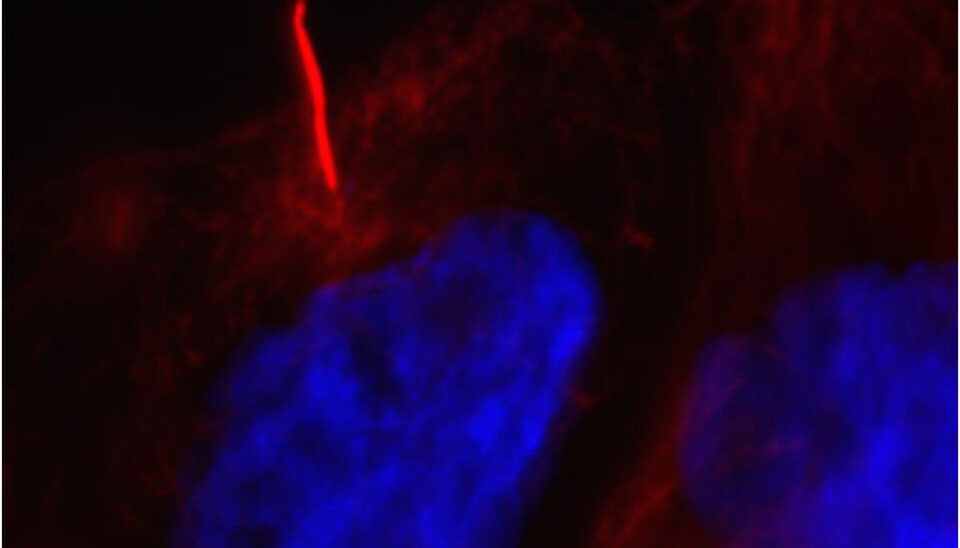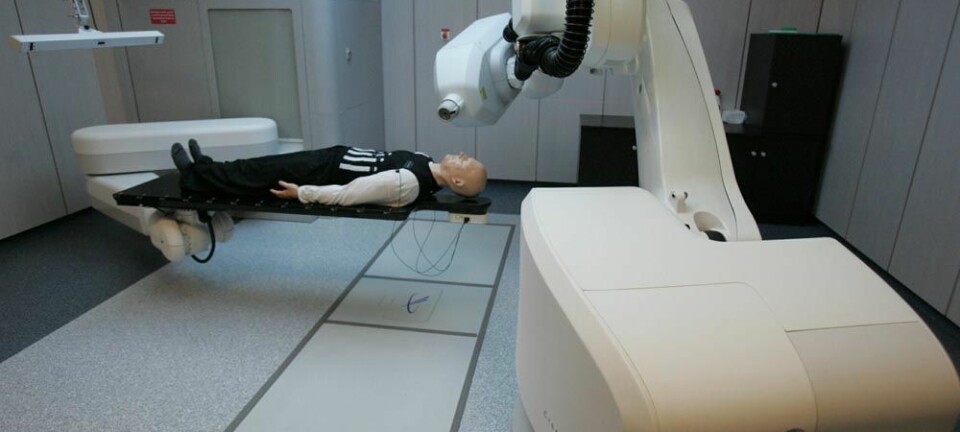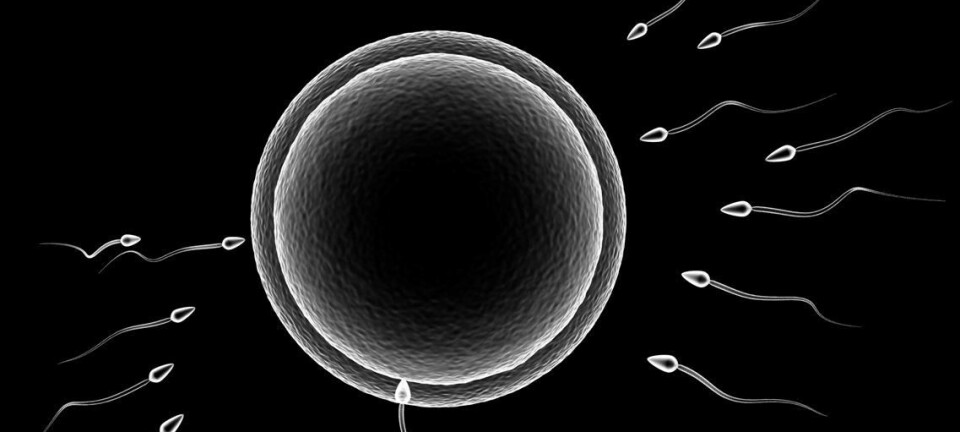
How we can cure deadly diseases
Defects in cell ‘antennae’ are providing scientists with crucial new information about the development of obesity, cancer and diabetes.
Even tiny defects in our bodies can have serious consequences. Take, for instance, defects in the cell’s antennae, known as ‘primary cilia’. These defects can cause serious diseases such as brain cancer, blindness, diabetes and kidney cysts.
Overweight, severe cranial malformations and malposition of the heart have also been linked to defects in the cilia.
This has prompted a Danish research team to look into why cilia become defective.
They are aiming to contribute to the development of drugs against dreaded diseases and developmental disorders.
Researchers have so far identified more than 30 disorders. But it may well be that other disorders with hitherto unidentified causes could be linked to defective cilia.
“The cilia function as a sort of cellular GPS,” says Associate Professor Lotte Bang Pedersen, a member of the Cilia Group at the University of Copenhagen’s Department of Biology.
“By studying their function and dysfunction, we can find out why vital signalling pathways in the body break down. The knowledge we gain will be used for developing drugs that can correct these defects and thereby save lives.”
Primary cilia are the cell’s antennae
When our bodies develop during the embryo development process, all organs, muscles and bones need to be put in the right places in a synchronised choreography. So each cell in the body needs to know where it’s located, what its function is and what its neighbouring cells are doing.
As a result, the cells need to be equipped with antennae that pick up what’s going on in their surroundings. This function is performed by the primary cilia.
These tiny, hair-like cilia are located on the cell surface and pick up signals in their immediate surroundings. They then send signals into the cell, which is told how it should develop itself.
An example of the importance of cilia is the heart’s location inside the chest, explains the researcher.
The embryo contains a number of rotating cilia whose function is to circulate fluids inside the embryo.
Other cilia then pick up the signals from these fluids and form an axis of asymmetry, which determines the location of the heart.
When the cilia are defective, the heart is placed randomly within the chest or becomes malformed.
Pedersen’s colleagues at the University of Copenhagen’s Panum Institute have conducted experiments with small beating mini-hearts, grown from stem cells. The experiments revealed that the inhibition of cilia by genetic engineering stopped the development of the mini-hearts.
Millions of people suffer as a result of defect cilia
Since the cilia play such a crucial role in the development and the proper functioning of the body’s organs, defective cilia can cause a wide variety of diseases and developmental disorders.
Kidney cysts are the most common of these, but defective cilia can also cause cancer, blindness, obesity, diabetes and severe malformations of organs and the cranium.
Dysfunctional cilia arise when the human DNA is damaged, for instance from exposure to chemicals or UV radiation. This means that most ciliary disorders, known as ciliopathies, are genetically inherited.
“Researchers have so far identified more than 30 disorders. But it may well be that other disorders with hitherto unidentified causes could also be linked to defective cilia,” she says.
“When we put all these disorders together, we’re talking about millions of people on a worldwide basis.”
Basic research paves the way for new medicine
The basic research has already proved valuable. Together with Danish and international researchers, Pedersen’s team has contributed to the discovery of several new cilia-related diseases, such as VACTERL (which can manifest itself e.g. through water in the brain) and Gardner’s syndrome.
The researchers are now ready to start developing drugs to combat these diseases.
Other research teams have achieved positive results in the treatment of kidney cysts in mice and fish with defective cilia.
So even though drugs for the treatment of cilia-related diseases in humans are still only at the developmental stage, researchers are hoping that they can be used on humans in the foreseeable future.
”The formation of the cilia is controlled by thousands of different genes,” explains Pedersen.
“Before we can start designing gene therapy or other forms of medication against the various diseases, we need to figure out which genes are defective in each individual patient and how these genes interact with other genes in the cells. That’s what we’re currently trying to map.”
Similar to constructing a tower
In her research, Pedersen is trying to identify the mechanisms involved in the formation of cilia.
Cilia are built in a similar way to how towers are constructed, she explains.
First, you need bricks and mortar as building blocks. You also need an elevator to lift the ‘bricks’ up into the cilia and some ‘lorries’ to transport the bricks to the cilia.
“You also need a factory to produce the bricks. If only one of these functions is defective, it can have serious consequences for the overall outcome of the construction.”
Specifically, Pedersen is looking into what it is that controls the start and stop functions in the molecular elevator that lifts the ‘bricks’ up into the cilia.
She is also studying how the bricks are transported from the factory down to the bottom of the cilia. In her research she uses various molecular biological techniques to inactivate various relevant genes and then studies the effects this has on the cilia.
Later this year, Pedersen will present her latest research, in collaboration with colleague Søren Tvorup Christensen, who has been funded by the Danish Cancer Society to study how cilia function in the development of ovarian cancer.
-----------------------------------
Read this article in Danish at videnskab.dk
Translated by: Dann Vinther
Scientific links
- EB1 and EB3 promote cilia biogenesis by several centrosome-related mechanisms, Journal of Cell Science, doi: 10.1242/jcs.085852
- The primary cilium at a glance, Journal of Cell Science, doi: 10.1242/jcs.050377









